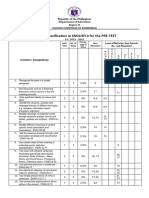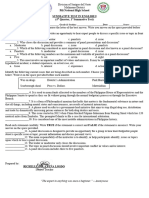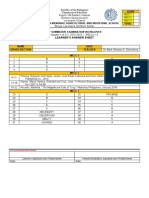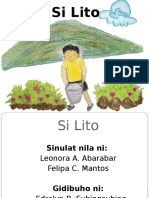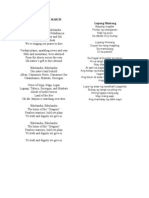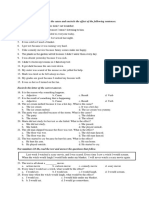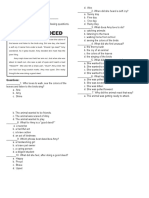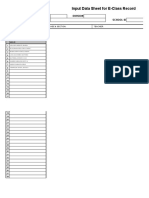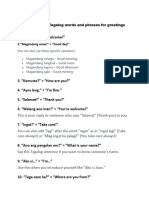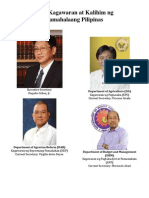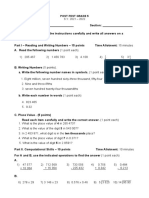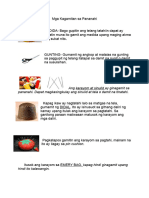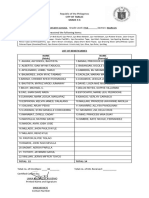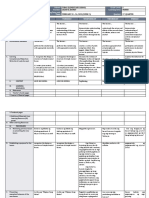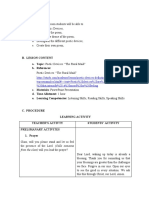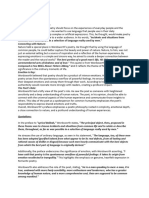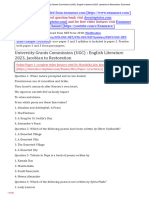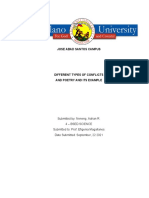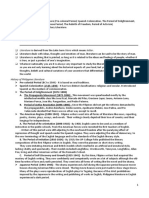0% found this document useful (0 votes)
5K views6 pagesQ1 LAS English 5 Lesson 2 Week 2
This document is a Learning Activity Sheet for English Grade 5, Quarter 1, Lesson 2, focusing on recognizing story elements and figures of speech. It includes objectives, activities, and guide questions related to two poems, 'The Familiar Sounds in Our Home' and 'Trees,' aimed at enhancing students' understanding of literary devices. The material is intended for teachers implementing the MATATAG K to 10 Curriculum during the School Year 2025-2026 and prohibits unauthorized reproduction.
Uploaded by
Lilian Elescupides - DayritCopyright
© © All Rights Reserved
We take content rights seriously. If you suspect this is your content, claim it here.
Available Formats
Download as PDF, TXT or read online on Scribd
0% found this document useful (0 votes)
5K views6 pagesQ1 LAS English 5 Lesson 2 Week 2
This document is a Learning Activity Sheet for English Grade 5, Quarter 1, Lesson 2, focusing on recognizing story elements and figures of speech. It includes objectives, activities, and guide questions related to two poems, 'The Familiar Sounds in Our Home' and 'Trees,' aimed at enhancing students' understanding of literary devices. The material is intended for teachers implementing the MATATAG K to 10 Curriculum during the School Year 2025-2026 and prohibits unauthorized reproduction.
Uploaded by
Lilian Elescupides - DayritCopyright
© © All Rights Reserved
We take content rights seriously. If you suspect this is your content, claim it here.
Available Formats
Download as PDF, TXT or read online on Scribd
/ 6




